The Summer Solstice will occur in India on 21 June 2020 at 3.14 AM. That time the sun will be directly over-headed the Topic of Cancer in Northern Hemisphere. In India, this Summer solstice will last for 13 hours and 58 minutes.
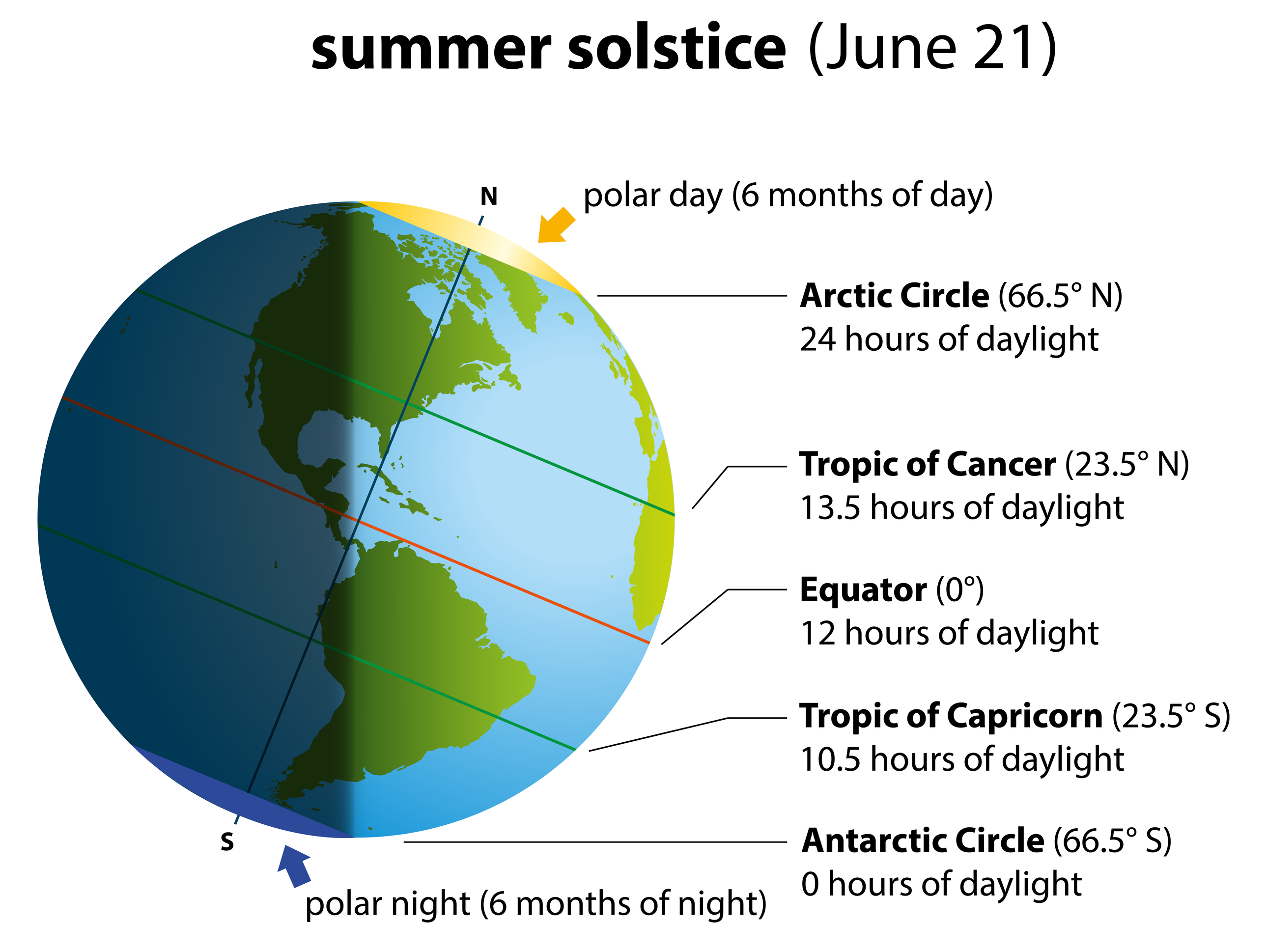
The Summer Solstice marks as the longest day of the year , at this time the Earth arrives at a point in its orbit where the North pole is at its maximum tilt towards the Sun, and a day that is used to kick off the summer season in the northern Hemisphere . The season will be marked with long days, more sunlight, and shorter nights. At the same time it will be the shortest day of the year in Southern Hemisphere.
This Summer solstice on 21 June ,2020 is very special than others with witnessing these important events-
- Annular Solar Eclipse.
- International Yoga Day
- Music Day
- Father’s Day.
What is the summer Solstice?
Actually our Earth is not upright at its Axis of rotation. It is tilted at the angle of 23.5 degree with respect to the its Axis of rotation. Due to this, we have different seasons in both the hemispheres but opposite in nature to each other.
Approximately six months of the year ( From March 20 to September 22) , the Northern hemisphere faces towards the sun and receive more amount of heat of the sun in comparison of the Southern hemisphere.
During the Summer Solstice (21 June) in Northern hemisphere , the Earth is positioned such a way that the North pole of the earth is very close to the sun. that time the sun is directly over-headed the Tropic of cancer. On this very day we have longest day and shortest night in Northern hemisphere.
The total energy we receive from the sun is called “insolation,” and were that the only factor that regulated our temperatures, then right now the Northern Hemisphere would be experiencing the hottest weather of the year.

But in southern hemisphere , we have exactly opposite of it i.e. shortest day and longest day on 21 June.
After this day, the span of day in the Northern Hemisphere reduces gradually and becomes equal on September 23 . This event is known as equinox.
On equinox, the sun moves across the celestial equator, which lies directly above the Earth’s equator.When the sun crosses the plane, it rises exactly in the east and sets exactly in the west.
After the equinox ,the length of day gradually becomes shorter than night and on Winter Solstice ( 21 December) , we have shortest day & longest night in Northern hemisphere .
On 21 March , we have another equinox and have equal day and night.
In this way the tiled position of the Earth causes different the seasons on Earth.
What does the word Solstice Mean?
The word solstice is Latin word which means ‘Sun stands still,’ as the Sun appears to stop moving once it reaches its position in the southern or northernmost part from the equator, and the angle between the Sun’s rays and Earth’s plane appears to stand still.
If not tilted
If the plane of the Earth’s equator were not tilted 23.5 degrees, but was oriented straight up and down, we would not have seasons. Every day around the globe would be 12 hours long, and each day the sun would appear to describe the same path across the sky. But thanks to the tilt of the Earth’s axis, the sun describes a slightly different path across our sky and the duration of daylight changes slightly with each passing day.
Analemma
On many world globes, you might have noticed in the eastern Pacific Ocean an unusual looking plot or graph in the shape of a figure eight or a bowling pin. This is called an analemma and its purpose is to depict the position of the sun in the sky, as seen from a fixed location on Earth at the same mean solar time, as that position varies over the course of a year.

The bottom of the “8” appears wider than the top, because at the bottom (close to the time of the winter solstice)the Earth, moving in its elliptical orbit around the sun, is also closest to the sun in its orbit. It therefore is moving fastest and appears to take a wide, sweeping turn at the bottom of the analemma plot. Conversely, when the sun appears at its most northerly position in the sky (the summer solstice), we find it positioned near the top of the “8.” And because the Earth is also nearing its farthest point from the sun (called “Aphelion”) and moving slowest in its orbit during early July, the upper loop appears decidedly smaller.
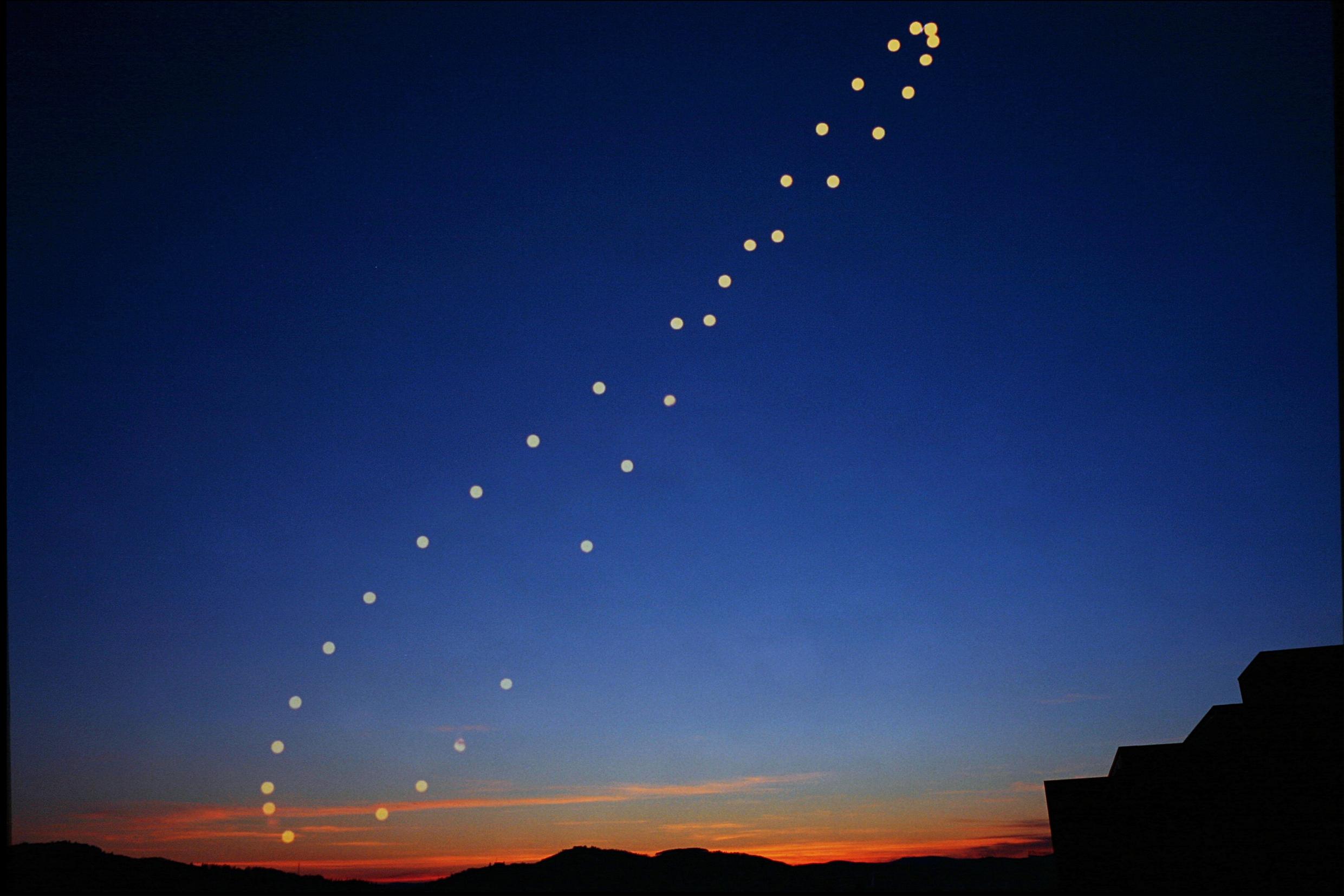
Analemma ( Credit- Sciencblogs.com)
So thanks to Earth’s axial tilt and our elliptical orbit, the sun’s daily position for a specific time of the day, plotted over the course of the year, describes this lopsided figure eight in the sky.
The solstice in history
In Ancient Egypt, the summer solstice also marked the beginning of the new year as it took place at the same time as the rise of the water levels of the Nile River.
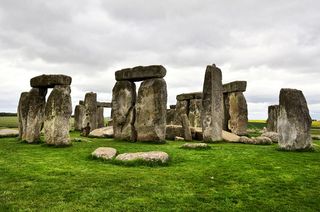
Stonehenge:
Stonehenge is a massive stone monument located on a chalky plain north of the modern-day city of Salisbury, England. Research shows that the structure was built between roughly 5,000 and 4,000 years ago.
Stonehenge
In Egypt, the Great Pyramids at Giza appear to be aligned with the sun as well. When viewed from the Sphinx, the sun sets between the pyramids of Khufu and Khafre during the summer solstice—though it remains unclear precisely how the ancient Egyptians oriented it this way.

Related Topic
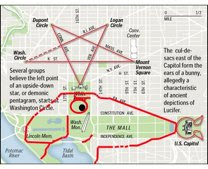
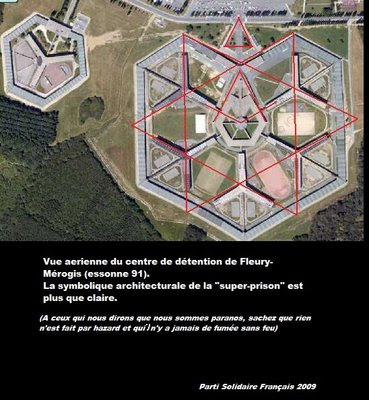
 Never mind that the prison design is not dissimilar to famous 17th century French military engineer Sébastien Le Prestre, Seigneur de Vauban's plans for pentagonal fortifications to protect forts from siege. Like this one at Huningue on the Rhine.
Never mind that the prison design is not dissimilar to famous 17th century French military engineer Sébastien Le Prestre, Seigneur de Vauban's plans for pentagonal fortifications to protect forts from siege. Like this one at Huningue on the Rhine.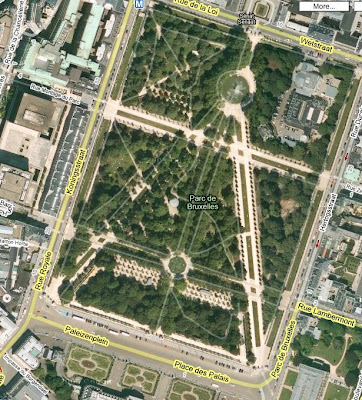
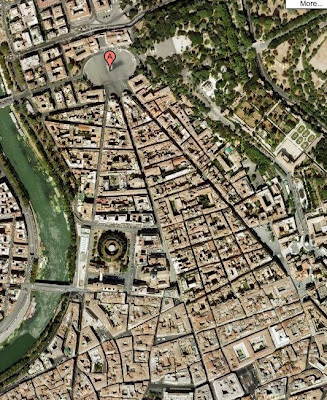
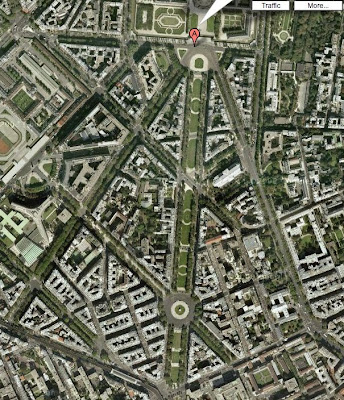






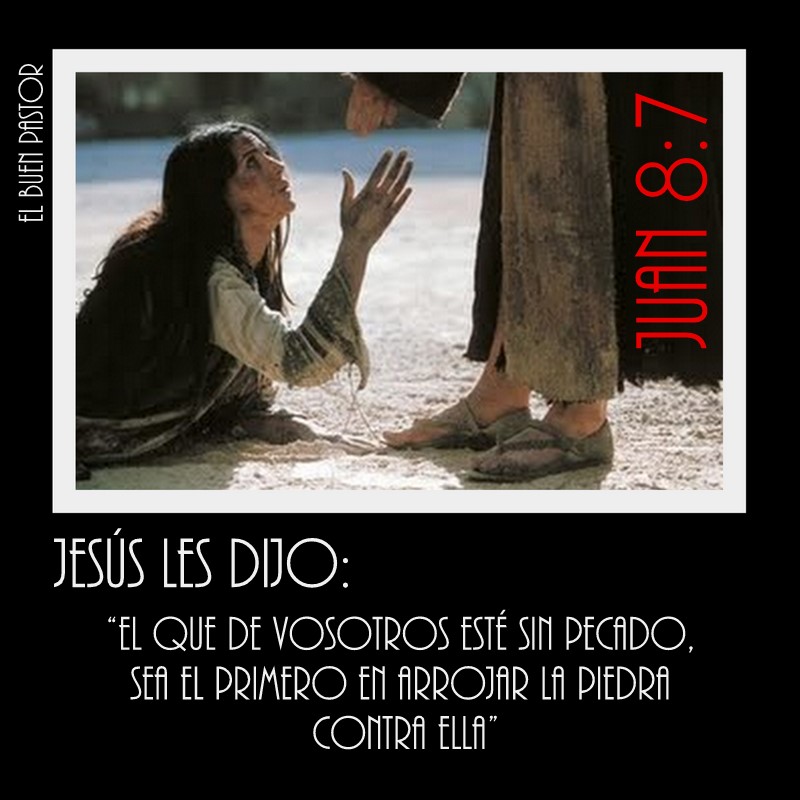






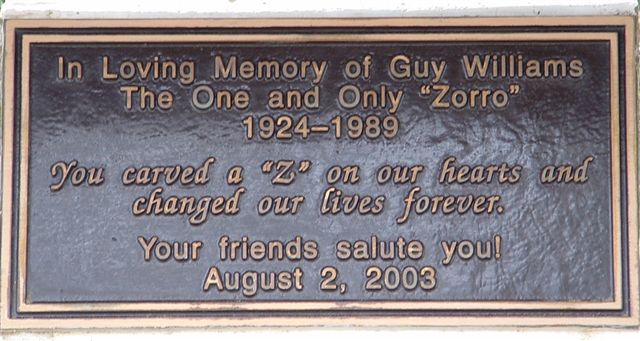






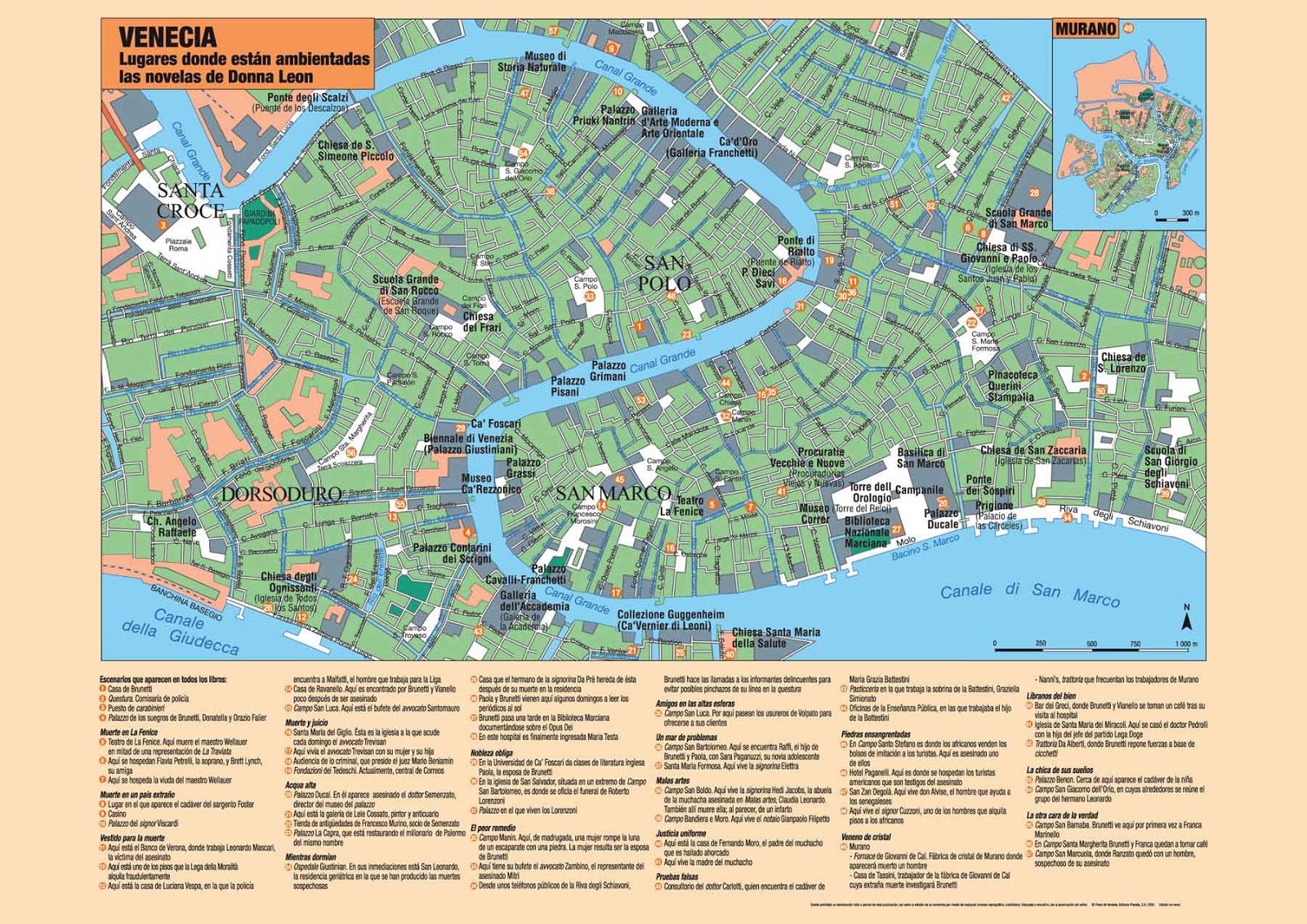


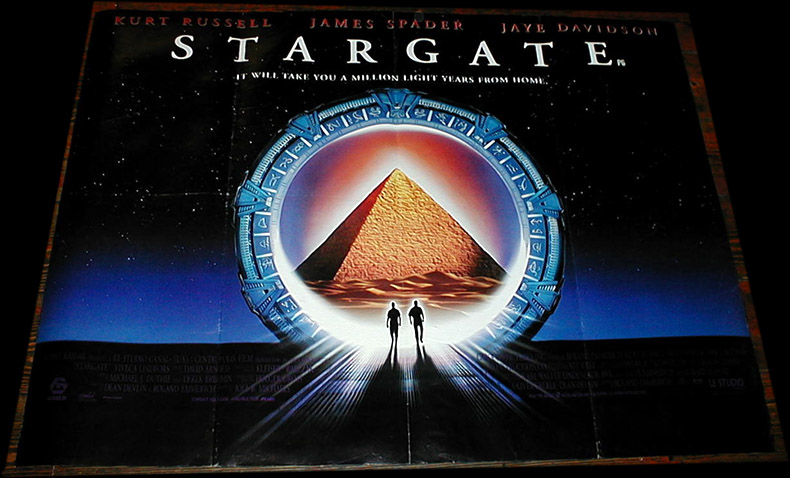






























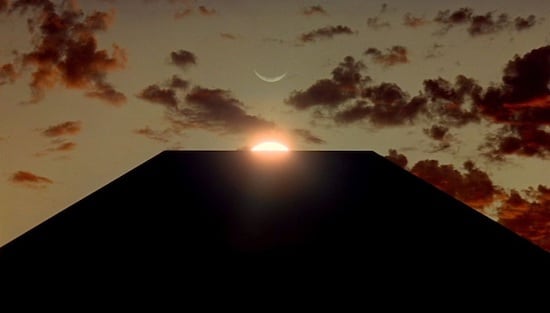

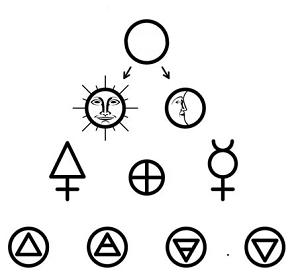










 Analemma ( Credit- Sciencblogs.com)
Analemma ( Credit- Sciencblogs.com)
 Stonehenge:
Stonehenge:


 Revellers attend summer solstice celebrations at Stonehenge near Amesbury, Britain, June 21, 2023. [Toby Melville / Reuters]
Revellers attend summer solstice celebrations at Stonehenge near Amesbury, Britain, June 21, 2023. [Toby Melville / Reuters]